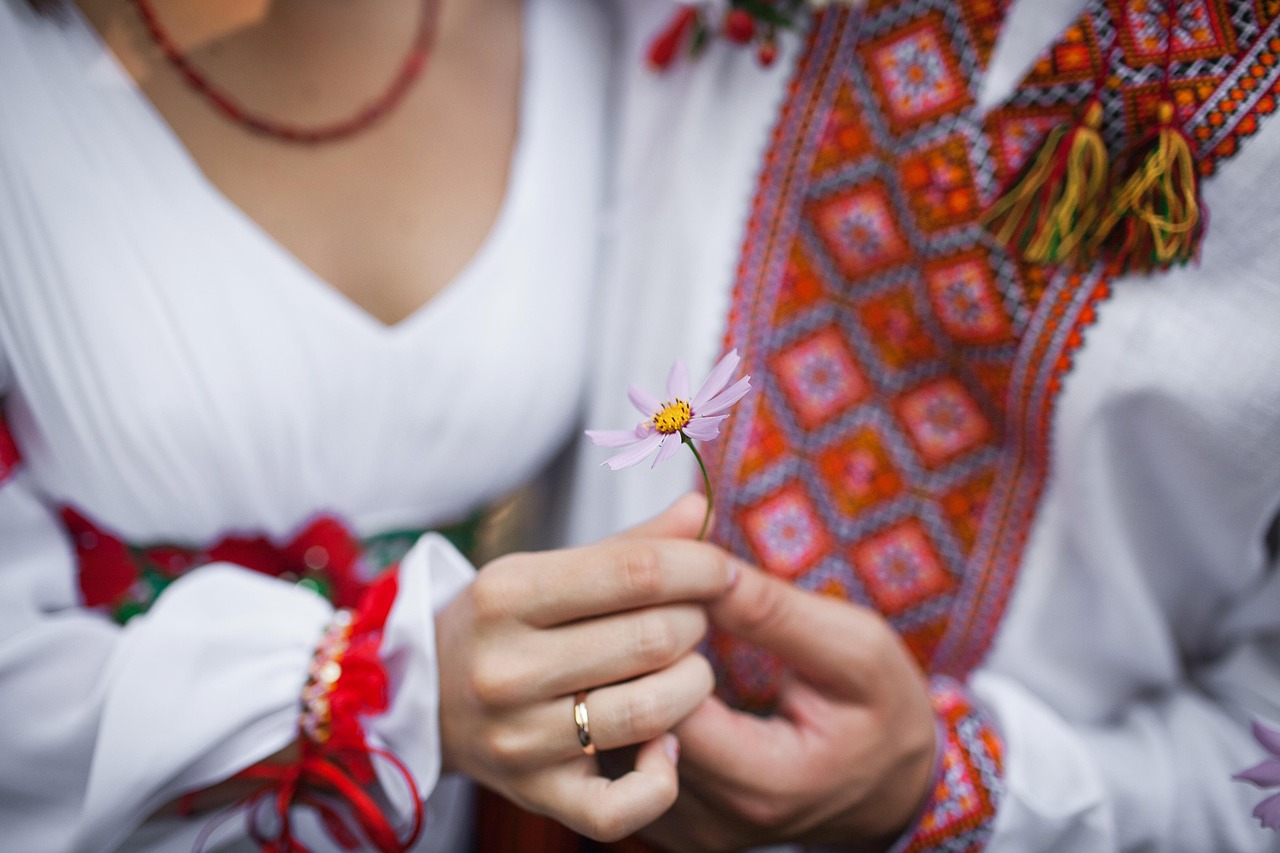Enigmatic Creatures from Folklore and Mythology
The vast realm of folklore and mythology across cultures reveals fascinating tales of unique creatures. From the burning shepherd of Dutch lore to the water spirits of the Amazon, these stories serve as windows into the values and fears of their respective societies.
The Burning Shepherd
In the serene fields of Strijbeek, Noord-Brabant, a haunting sight is said to emerge under the cover of night—a burning shepherd cursed to roam the earth for eternity. This local tale tells of a man named Ward, who, despite his isolation and despised greed, stumbled upon unimaginable wealth. During a scorching afternoon, while watching over his flock, Ward discovered a bag filled with gold coins discarded by a wealthy Spanish rider. Consumed by avarice, he concealed the treasure, pretending to sleep when the rider returned searching for his lost wealth. The encounter escalated, leading to Ward’s violent outburst and the messenger’s untimely demise. Struck by divine retribution, the shepherd ignited in flames without perishing, destined to wander the heath, his cries echoing through the night.
Variants of this story exist in Flemish folklore, where the Spanish rider is replaced with a man who inherits wealth, and in a third iteration, involves a farmer’s loss of his meager earnings to the shepherd’s greed. Ultimately, the burning fate of this shepherd serves as a cautionary tale regarding the dangers of greed and isolation.
Sirens in Medieval Bestiaries
Turning to medieval Europe, we encounter sirens—strange serpentine beasts that are often confused with their more alluring mermaid counterparts. According to the Aberdeen Bestiary, these speedy creatures, originating from Arabia, are depicted as white snakes with feathered wings, capable of moving at speeds that defy belief. Their venom is said to be so potent that a single bite could prove fatal before one even realizes the danger. These fantastical beings serve as a reminder of the mystical interpretations of nature in medieval lore.
The Shokera of Japanese Folklore
Japanese mythology introduces us to the Shokera, a creature tied to the Koshin belief system where supernatural worms inhabit human bodies, reporting deeds to a deity every sixty days. The Shokera plays a dual role, being both a guardian-like figure to ensure adherence to moral conduct and potentially a manifestation of these worms themselves. This complex relationship between body and spirit exemplifies the intricate beliefs embedded within Japanese culture.
Sedna: The Inuit Goddess of the Sea
Inuit mythology brings forth the poignant tale of Sedna, a young woman transformed into the goddess of the sea following a tragic confrontation with her father. Sedna’s journey from a forced marriage to a monstrous bird spirit to becoming a powerful deity illustrates themes of autonomy and survival. Her anger at mankind for their betrayal prevents hunters from accessing marine life, showcasing the balance of respect and fear inherent in Inuit beliefs about nature.
The Tsunki and Water Spirits of the Amazon
In Ecuadorian mythology, the Tsunki are revered water spirits believed to possess great power and benevolence. Interestingly, their existence blurs the lines between the natural and supernatural as they dwell in lakes and rivers while sometimes mingling with humans. These spirits, regarded as mediators of power for shamans, encapsulate the profound connection indigenous people maintain with their environment.
Scottish Folklore: The Shellycoat and Wag-at-the-wa’
Scotland’s mystical landscape is home to various enigmatic seasonal spirits. The Shellycoat, often portrayed as a trickster, uses its rattling shell-covered coat to mislead wanderers, reflecting the interplay of danger and wonder in these tales. Meanwhile, Wag-at-the-wa’, a tiny, troublemaking creature, allows us to explore the characteristics of folklore across regions—an old man whose antics cause mischief, serving as a form of cautionary representation.
Conclusion
From the burning shepherd to water spirits and vengeful deities, these folklore stories emphasize the cultural values and fears that shape human experience. They remind us of the consequences of actions, the importance of respect for nature, and the powerful themes of transformation and survival that continue to resonate across generations.



